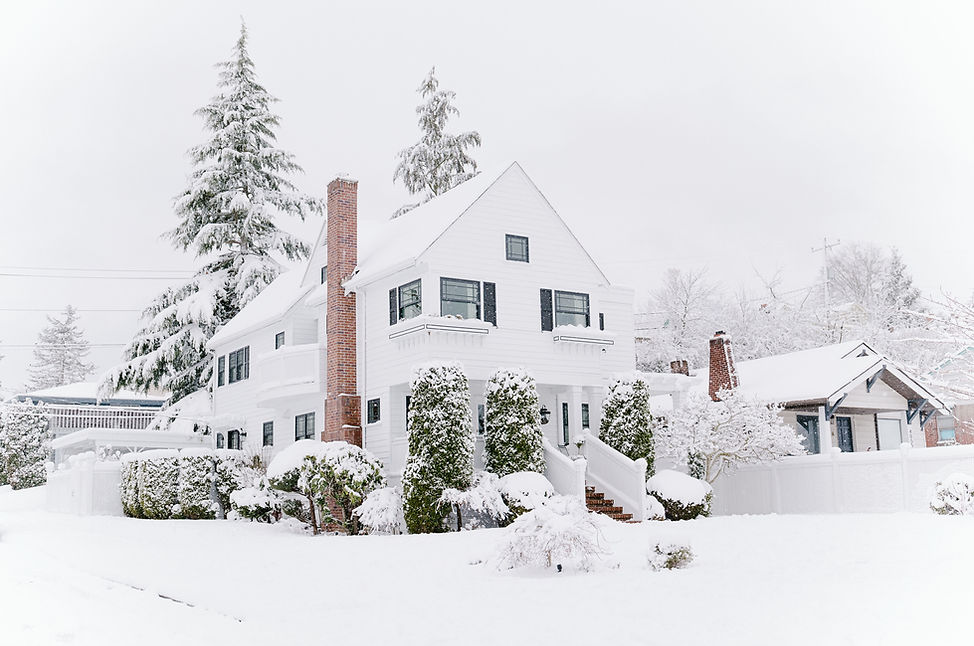
Is Your Home Ready for Winter?
With the cold weather just around the corner, now is the time to give your home a “check-up”. The following include tips from the Comfort Institute on what to look for and what to take care of to make sure your home is ready for those cold north winds.
1. If you have a furnace, have your duct system tested for air leaks. According to the Department of Energy (DOE), the typical duct system loses 25-40% of the energy put out by a central furnace, heat pump or air conditioner. Leaks are usually the biggest problem. These leaks are far more significant than leaks from windows and doors!
2. Ask us to perform an Infiltrometer “blower door” test. The blower door is a computerized instrument originally invented by the DOE. It pinpoints where your worst leaks are.
3. Replace your furnace or heat pump air filter. Most systems need this done every month to ensure safe and efficient operation. Ask your heating contractor for information on new high efficiency air filters that can capture over 90% of the breathable particles of concern.
4. Have your heating system cleaned and tuned by a qualified contractor. A pre-season tune up is a good investment. It reduces the chances of breakdowns in the middle of winter and more than pays for itself through more energy efficient operation
5. Have your system checked for carbon monoxide and install a carbon monoxide alarm. CO can be produced by a dirty or malfunctioning gas or oil furnace or water heater. A furnace or boiler that is not running at peak performance can be deadly. CO is a natural product of incomplete combustion. Virtually every gas furnace produces some CO, which is usually carried away from your home through the furnace’s venting.
6. Close crawlspace vents. Recent research finds that in most climates, leaving them open in the summer actually brings in more unwanted moisture. Many building experts are now recommending covering the exposed soil with a sealed plastic vapor barrier and sealing and insulating the crawlspace walls permanently.
7. Adjust the thermostat to a cooler temperature when you are away or when you are sleeping. For every degree you lower the setting on your thermostat, you can save 3% in heating energy! Save even more by setting back the thermostat during the day when no one is at home. If you do not have a programmable automatic thermostat, think about installing one.
8. Keep radiators, baseboards and duct registers clean and clear – don’t hide heat behind furniture. And close off and turn down the heat in unused rooms. Also, use a tight-closing damper on fireplace chimneys to prevent heated air from flowing up the chimney.
9. Exhaust fans in bathrooms, range-hood fans, and dryers should have backdraft dampers installed where the vent meets the outdoors. Also exhaust fans should be sealed to the wall or ceiling to which they are mounted so that air is pulled from the home and not from within the framing cavity into which they are installed.
10. Mechanical, plumbing, electrical, gas, water or oil lines that penetrate between heated and unheated areas should be sealed with caulk or foam.
11. Install storm windows or tight-fitting plastic over single pane or drafty windows. This will raise the temperature of the interior glazing surface, reduce condensation on the window and increase the comfort level near the window.
12. A ceiling fan will circulate warm air trapped at the ceiling allowing you to turn down the thermostat a few degrees.